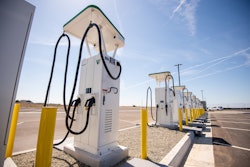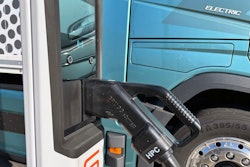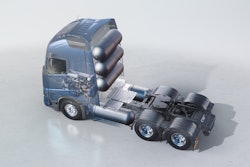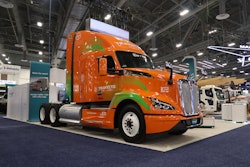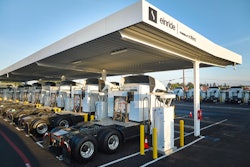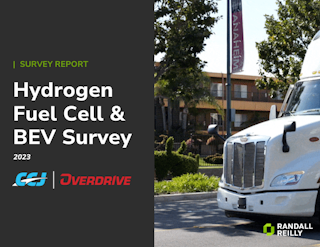
ChargePoint has announced it is supporting the Megawatt Charging System (MCS) as part of its strategy to play a significant role in the revolutionization of the commercial trucking industry. The company is no stranger to vehicle electrification, specifically its DC fast chargers.
The MCS, however, has another impressive capability: it can release enough energy to provide power for an estimated 1,000 homes.
“Megawatt technology is the first step toward electrifying the commercial trucking industry,” said Hossein Kazemi, CTO for Hardware at ChargePoint. “Megawatt charging solves one half of the electrification equation for trucking. The companies developing electric trucks can now leverage this infrastructure to test and enable their vehicles until they meet – or even exceed – the distances covered by internal combustion trucks.”
Based on ChargePoint’s Power Link 2000 series, the MCS cable and connector will be offered on those stations which are already part of the modular Express DC fast charging platform. At launch, the MCS will offer up to 1.2 megawatts and, at a later date, up to 3 megawatts. It will also be able to accommodate bi-directional charging.
[RELATED: Biden administration lays out plan for zero-emission 'freight corridors']
Equally impressive, the MCS has also been designed to handle charging for marine and aviation purposes.
Megawatt charging is also being deployed by other companies in the sector. WattEV, for example, also recently announced the opening of its fourth and, to date, largest, charging depot in Bakersfield, California. Both medium- and heavy-duty truck drivers, according to the company, can achieve up to 300 miles of range in less than 30 minutes of charging.
The Biden Administration has made a commitment to cut greenhouse gas emissions, proof of which can be found in the EPA’s recently released Phase 3 proposal. It aims to electrify at least 25% of long-haul trucks by 2032. In addition, there is a goal to electrify 35% of new short-haul regional tractors and 50% of vocational vehicles. Furthermore, the proposal reopens the “Phase 2” GHG emissions regulations to make them more stringent for model year 2027 trucks, and publicizes new emissions standards beginning with the 2028 model year.

